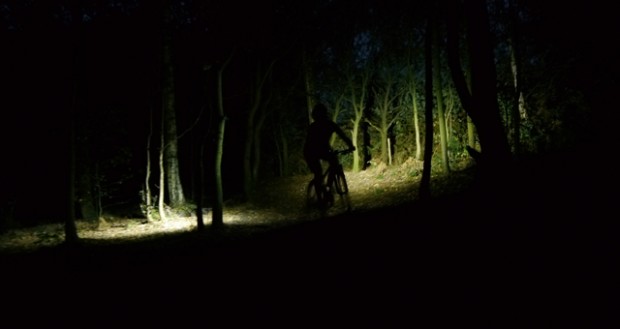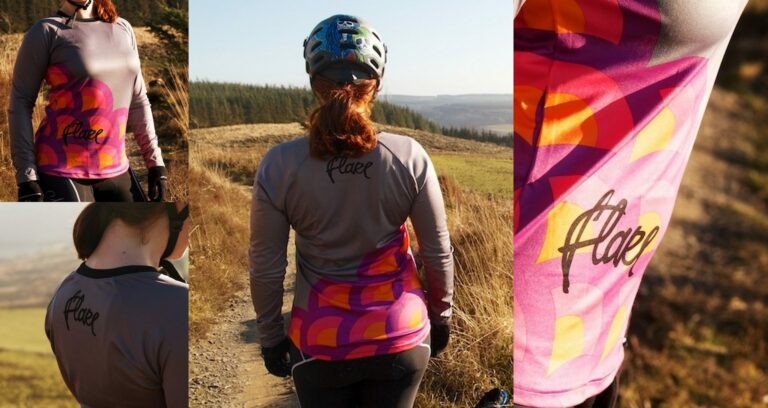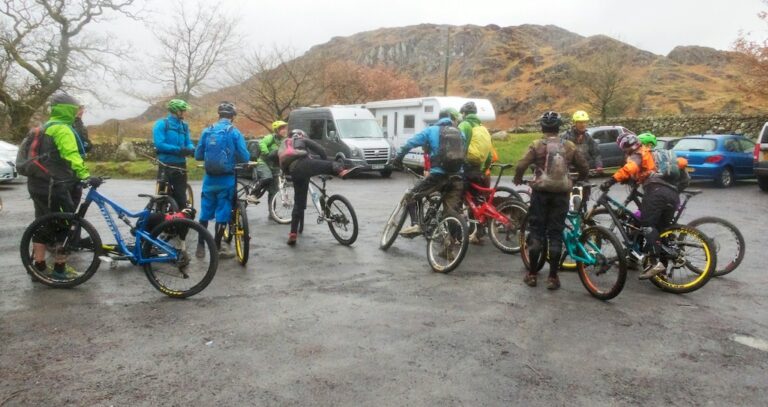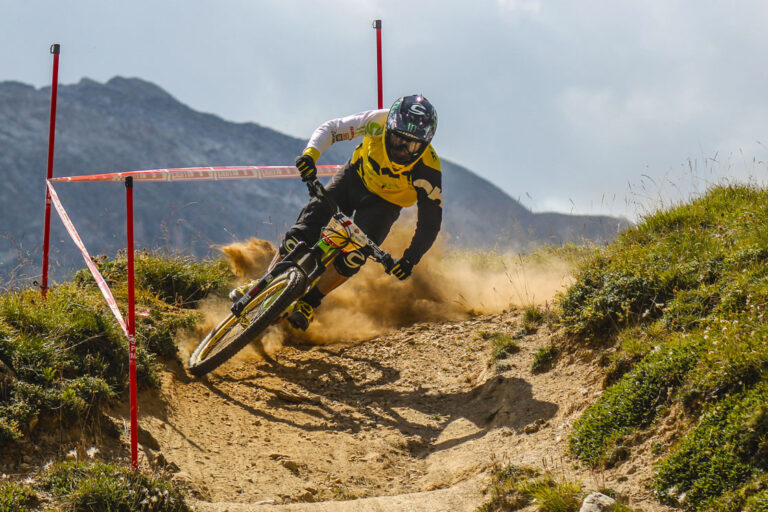
Most lights will have at least 3 settings; off, full brightness, and a lower level of brightness. Some also come with a flashing mode, which is handy if you are planning on using the light on the road.
As you’d expect, running the light on full brightness uses the battery run time quickest. Therefore, it’s a good idea to pop the light onto a lower setting if you are climbing or on your way to and from the trail.
Some lights will also have the option to switch between different beam shapes, for example narrow, focused and bright, or a wide, dispersed beam. Narrow beams usually illuminate the trail further ahead, and wide beams are good for covering a wider area in front of you – this is useful if you are going through dense woodland.
The new, high-end lights coming through are even cleverer; some have a motion sensors that detects how quickly you are going, and changes the brightness of the beam accordingly.





